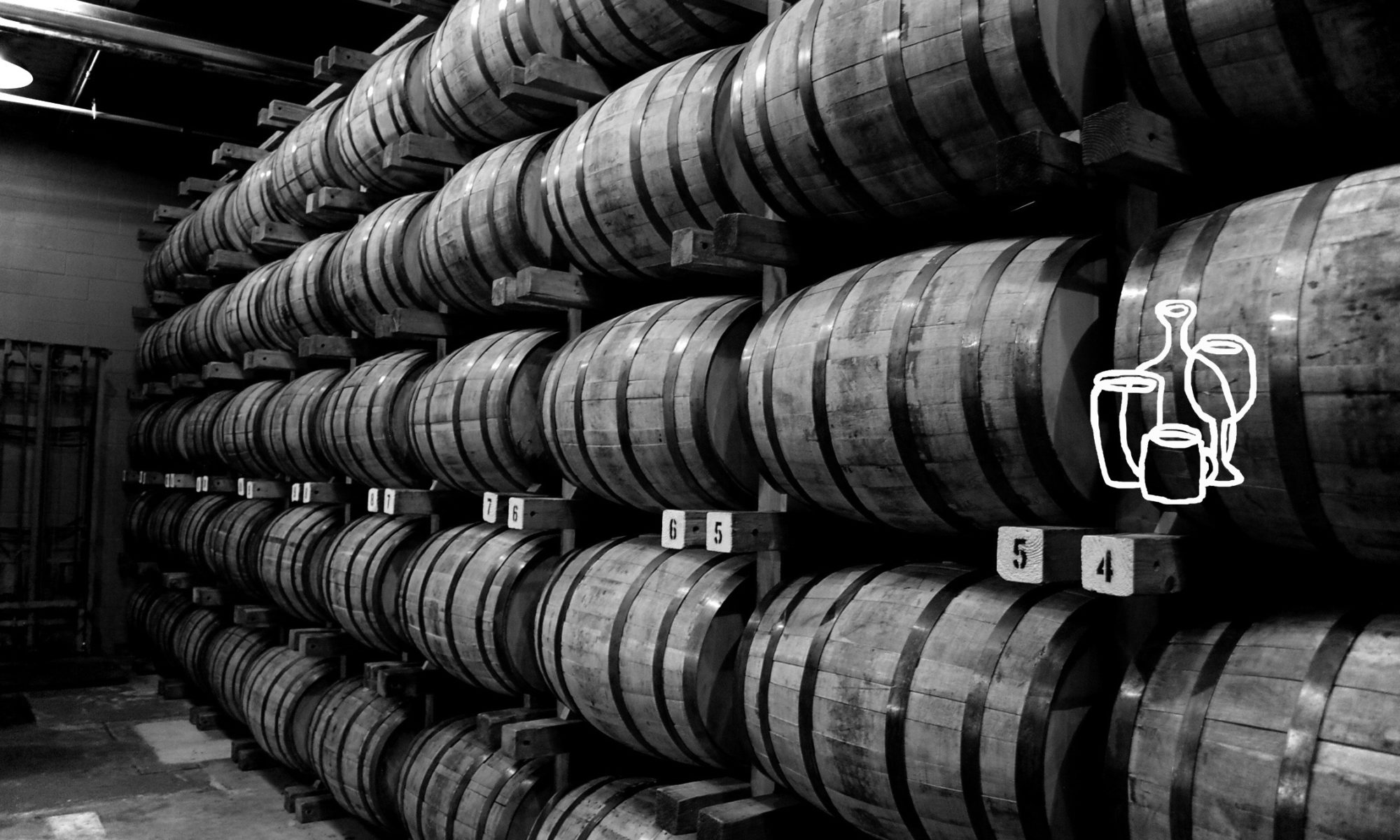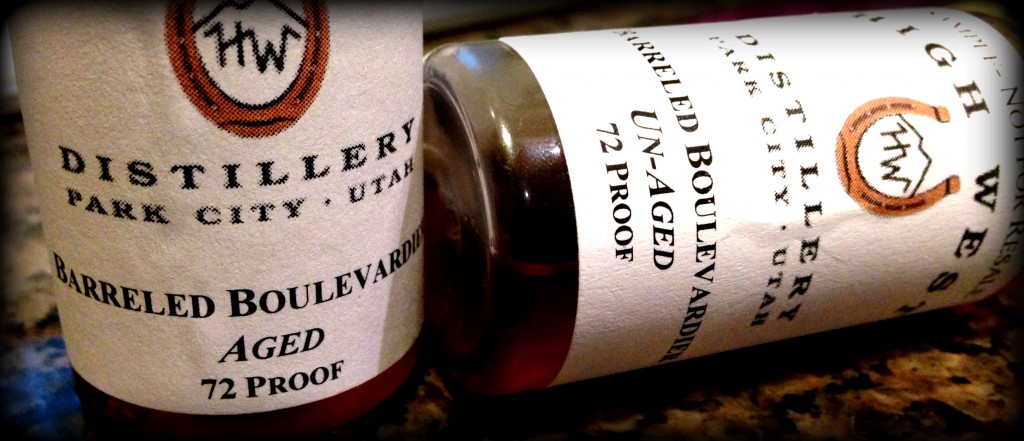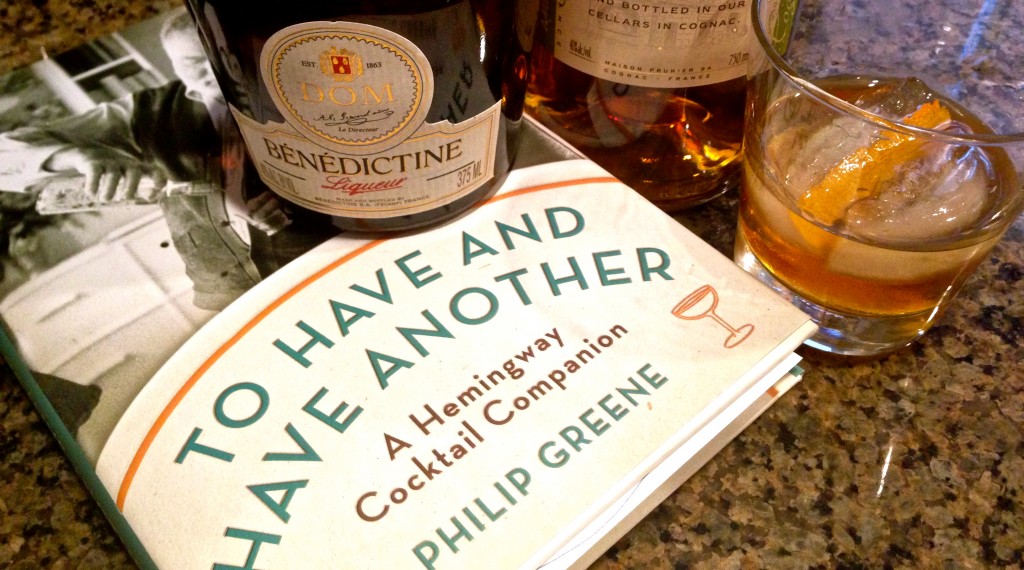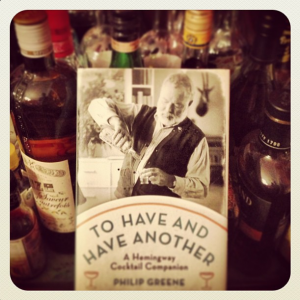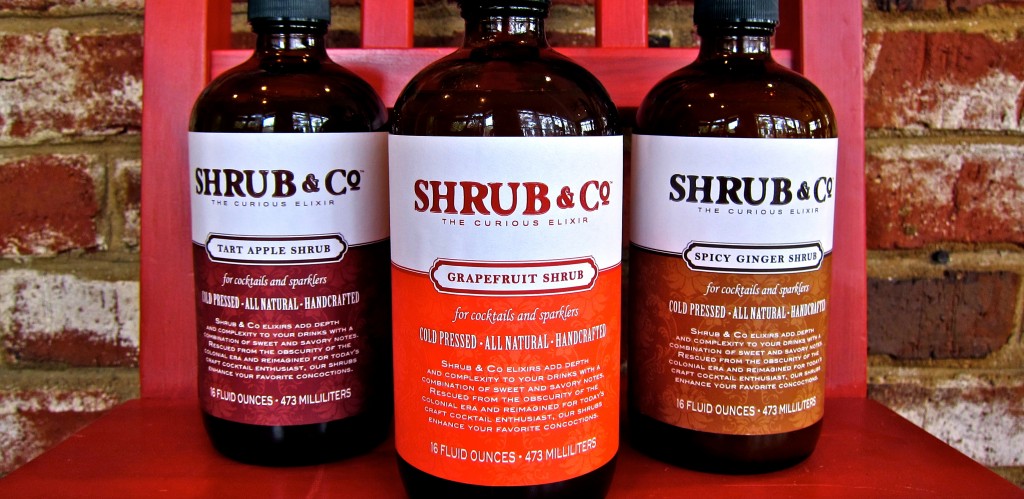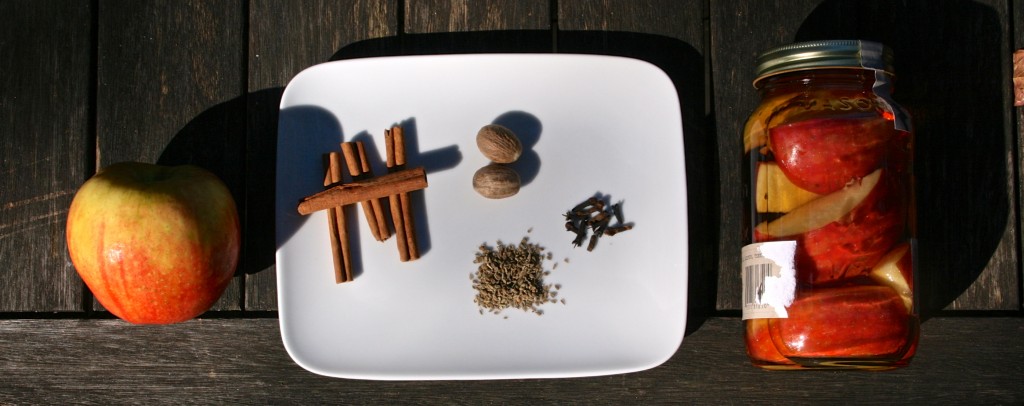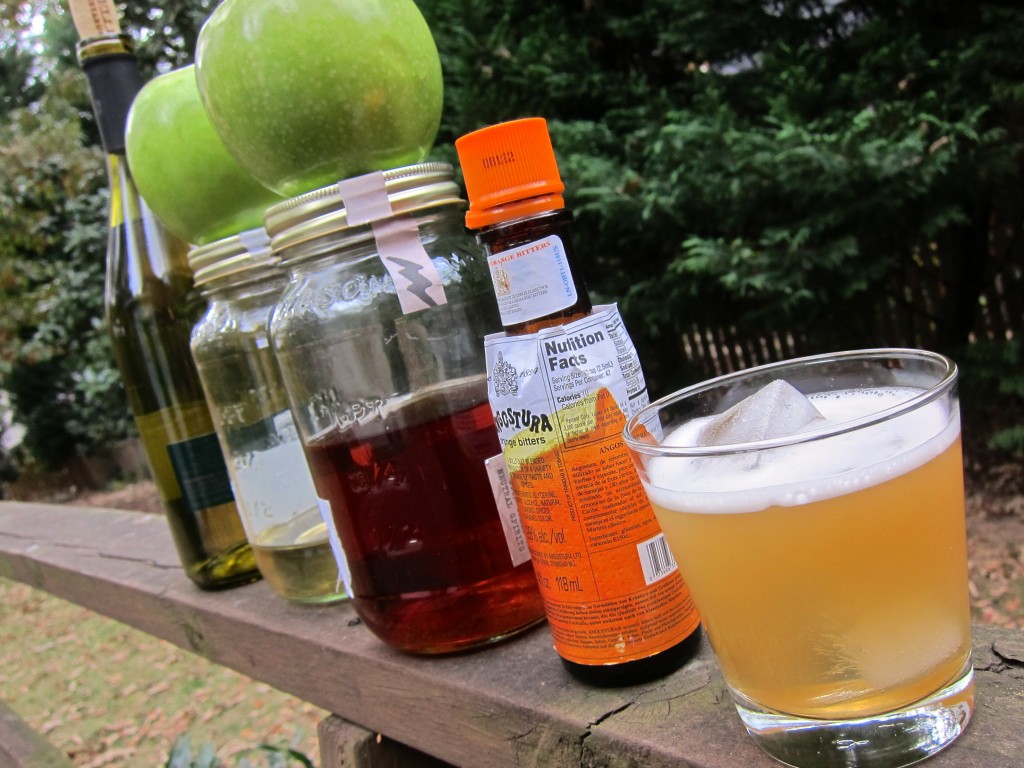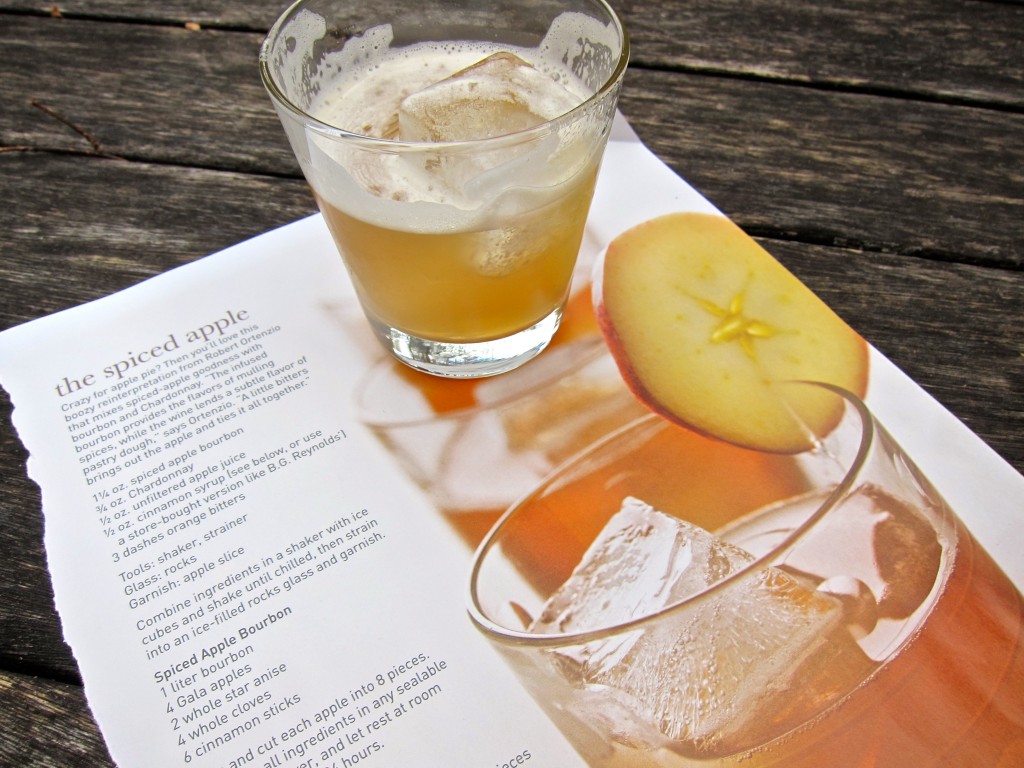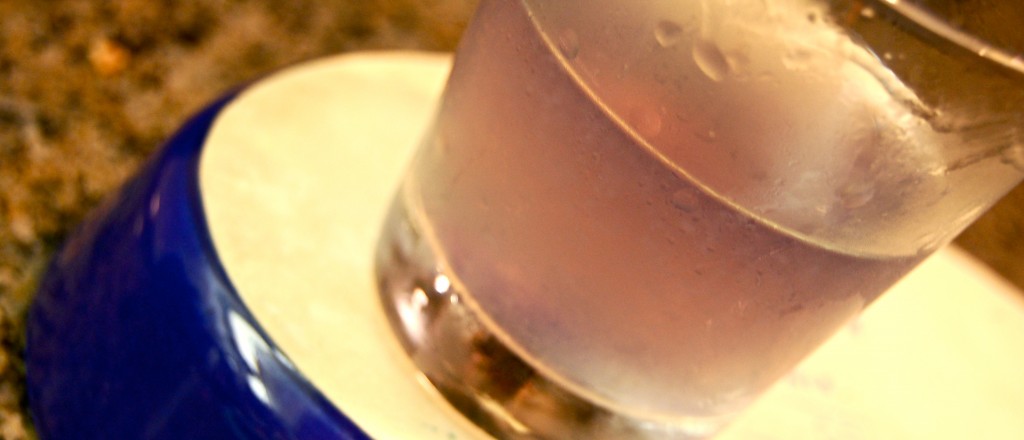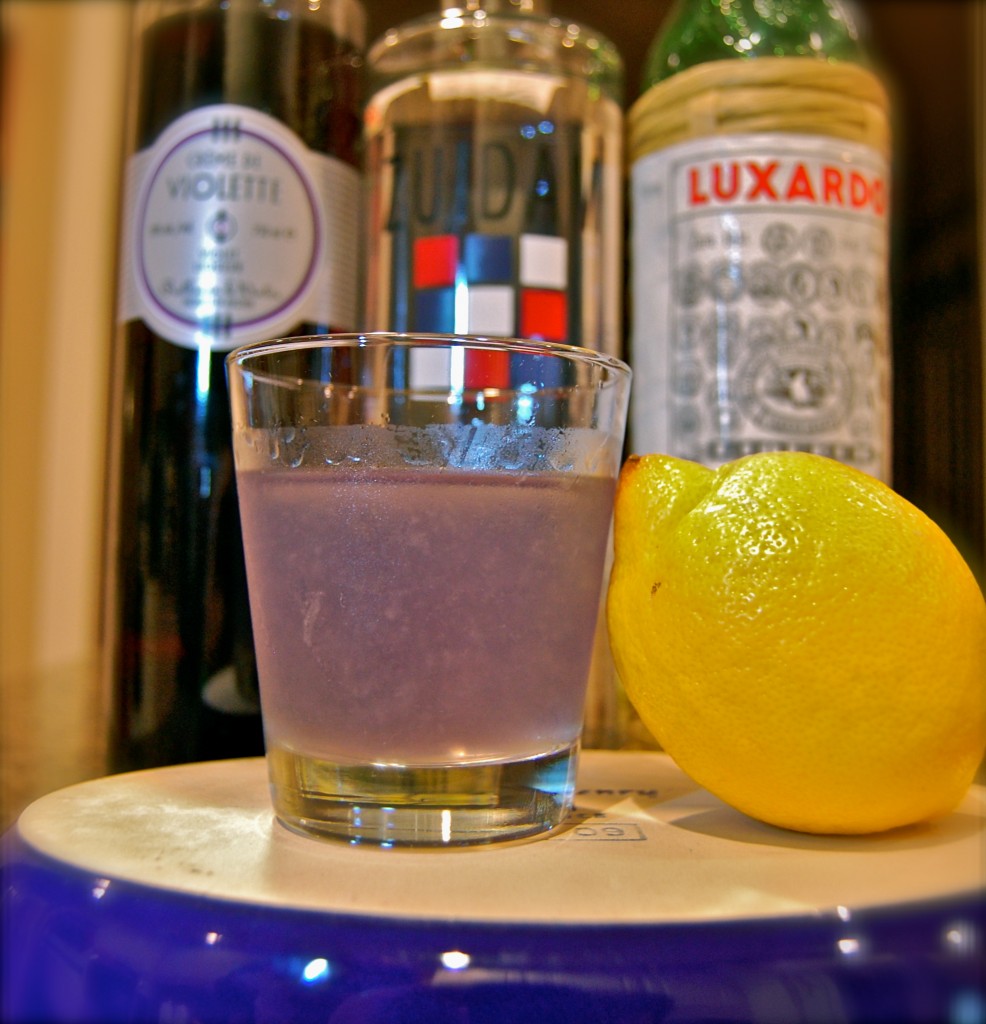You like Negronis, right? Good.
You like whiskey, right? Good.
You like whiskey-based cocktails, right? Sometimes? OK. I get that.
Ever had a Boulevardier? No? You really should do something about that, like, now.
The Boulevardier is one of my favorite cocktails – typically one and half or two parts bourbon, one part sweet vermouth, one part Campari. Sound familiar? It’s a bit like a Negroni – another great cocktail – one part gin, one part sweet vermouth, one part Campari. I say “a bit,” because even though the recipes share the vermouth and Campari, the way in which gin and bourbon play with those two other ingredients is kinda like the difference between a bright spring day, full of awakening, and an autumnal afternoon, leaves falling, the cold of winter around the corner.
Too abstract? Think sharp and vibrant (the Negroni) vs. rich and rounded (the Boulevardier). In any case, they’re both great drinks, albeit for different moods. And they’re both easy drinks to make if you’ve got those basics in your home bar. Combine, stir over ice, strain. Kaboom.
Want even easier? With an added layer of intrigue? High West has just come out with a bottled, barrel-aged Boulevardier (they introduced their first bottled, barrel-aged cocktail – a Manhattan – two years ago). For this one, High West does depart a bit on the recipe – going two parts bourbon (a six year old sourced bourbon), one part Vya sweet vermouth, one half part Gran Classico (a bitter and complex cousin of Campari that does indeed work well in Negronis or Boulevardiers). That all then sits in bourbon barrels for four to six months to age into a nice mellow drink.
High West was kind enough to send me small samples of both the aged and un-aged versions of their Boulevardier (only the aged version is for sale) – and the difference is rather remarkable. The time in the barrel results in a smoother, warmer, rounder, Boulevardier, very well integrated. And I must say, the ratios used seem just right, as the bitter components assert themselves without wrestling away the cocktail.
High West’s “The Barreled Boulevardier” started hitting shelves in the past few weeks. Give it a shot if you’re interested in barrel aged cocktails and lack… barrels.
High West “The Barreled Boulevardier”
72 proof
Approx. $50 Retail for a 750ml bottle
Tasting Dates: June 18-20, 2013
Thirsty South rating: Good Stuff – this is one barrel aged cocktail that really benefits nicely from the time in the barrel
For more on the Boulevardier, check out this nice “case study” from the New York Times.
*******************************
* Thirsty South Rating Scale:
Wow – among the very best: knock-your-socks-off, profound, complex liquid gold!
Excellent – exceptional in quality and character, worth seeking out, highly recommended
Good Stuff – solid expression of its type/varietal, enjoyable and recommended
Fair – fairly standard or exhibiting obvious though minor flaws
Avoid – move away folks, nothing to see here, a trainwreck
